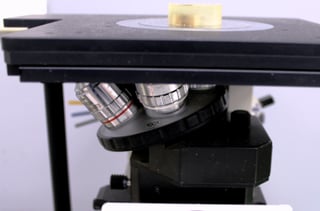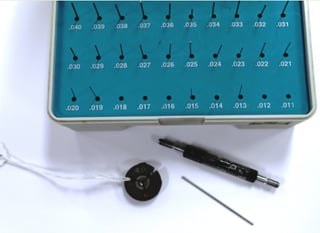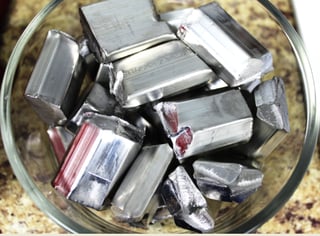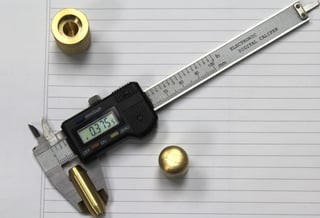Electro-Spec. Inc. is proud to announce Volume II of technical blogs which will cover several of its most valuable testing and inspection capabilities to meet a broad range of industry standards and customer requirements. This volume will highlight five different types of testing that allow Electro-Spec to distinguish itself as a world class electroplating facility.  Each testing method will be fully explained which should allow customers (present and future) to better understand the results of the various tests. Electro-Spec will always place meeting or exceeding plating requirements via test methods as a main priority and thus resulting in the highest quality surface finish possible.
Each testing method will be fully explained which should allow customers (present and future) to better understand the results of the various tests. Electro-Spec will always place meeting or exceeding plating requirements via test methods as a main priority and thus resulting in the highest quality surface finish possible.
-
Thread/Pin Check- non-destructive testing which utilizes gages or mating parts to look at overall assembly fit.
-
X-Ray Fluorescence- non-destructive testing which is used to determine thickness of plated deposits or elemental composition of unknown substances.

-
Count Critical- an inspection flag which is used to denote an order of parts that require tracking of the number of parts throughout the process.
-
Incoming Inspection- this is an inspection flag which can be designated by the level of incoming inspection. Some parts are to be 100% inspected upon incoming shipment.
-
Hardness Test*- a destructive test which measures the hardness of the plated deposit.
-
Bake Test- a non-destructive test which is used to determine the bond strength (adhesion) of the plated deposit.
-
Tape Test- another method for determining the bond strength of the plated deposit.

-
Heat Resistance Test- used to determine the thermal properties of the plated deposit as far as withstanding extreme temperatures is concerned.
-
Nitric Vapor Test*- destructive test for determining porosity of a plated deposit. Also utilized to determine adhesion and integrity of the plating.
-
Roll Test- destructive testing which is also used to determine bond strength of the plated deposit.
-
Thermal Shock/Quench Test- another test method which is used to determine a plated deposit’s resistance to thermal shock.
-
Salt Spray Test*- destructive test which aggressively determines the plated deposit’s ability to resist corrosion.

-
SEM Imaging*- typically non-destructive imaging which produces high resolution and high magnification images of surface defects or foreign materials.
-
EDX Testing*- typically non-destructive testing which determines the elemental composition of unknown materials.
-
Visual Testing- non-destructive usage of microscopes or special lighting to check for imperfections in the plated deposit.
-
Crush Test- another destructive test method which helps to determine bond strength of the plated deposit.
-
Cross-Section*- a destructive test which offers a precise way to determine thickness of deposited plating layers.
-
Solderability Test*-a destructive test which determines the plated deposits ability to be soldered.
-
Bend Test- a destructive test which is another method of rigorously determining the bond strength of the plated deposit.
-
Copper Sulfate Test- destructive test method to determine the presence of unacceptable free iron on the surface of passivated steel parts.
-
Ammonium Sulfide Test- destructive test method used to determine whether or not the anti-tarnish coating on silver plated parts will hold up to certain environmental conditions.

-
Sweat Test*- destructive test similar to salt spray test which determines a plated deposit’s resistance to corrosion.
|
As shown above, the testing offered at Electro-Spec is diverse and consists of both non-destructive and destructive methods. The type of testing or inspection required should be designated by the customer. Some forms of inspection/testing require further details to be submitted by the customer such as SEM/EDX testing.
We look forward to discussing our testing and inspection capabilities in the upcoming volume of technical blogs. For Volume I of our blogs which covered electroplating please visit our website here: http://plating.electro-spec.com/blog




